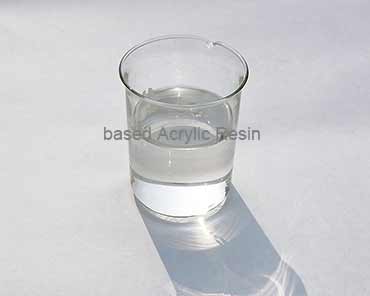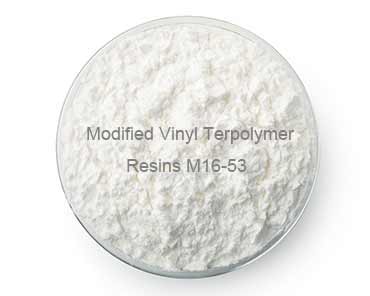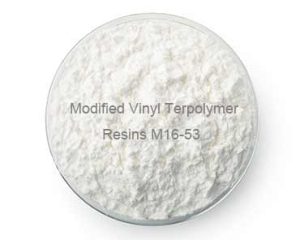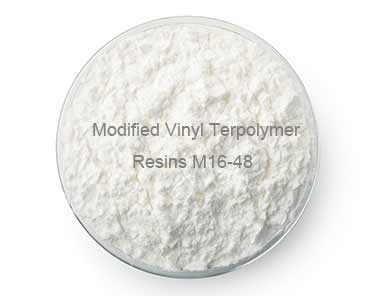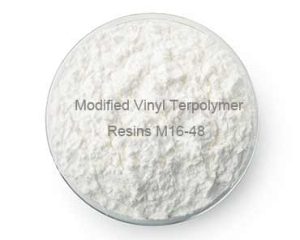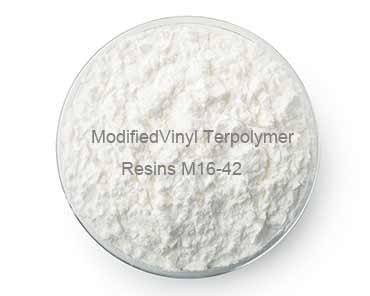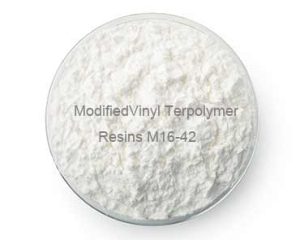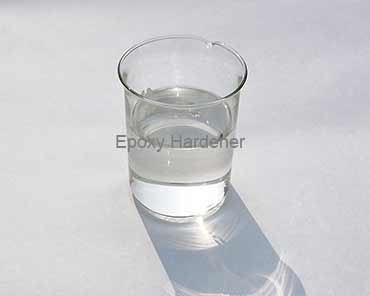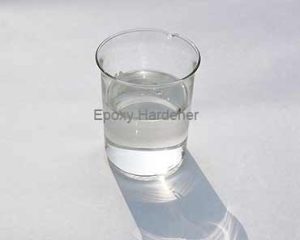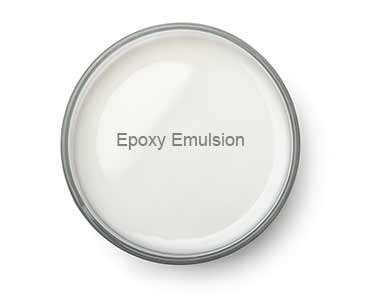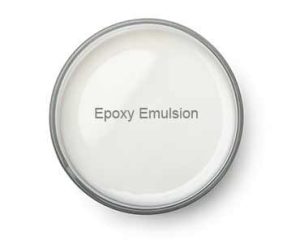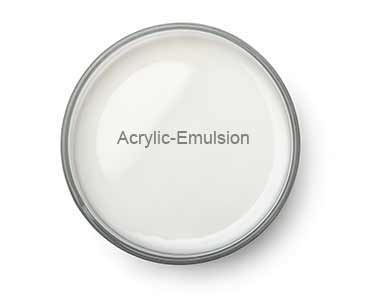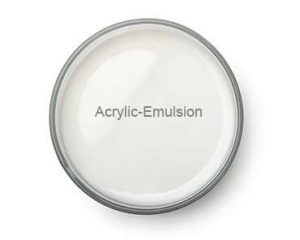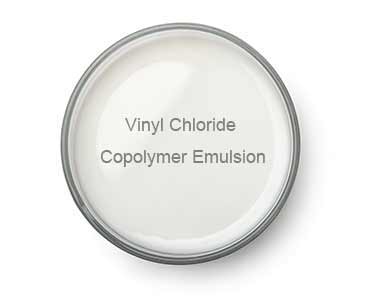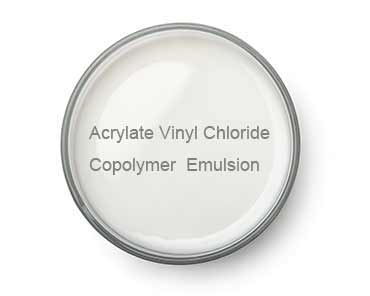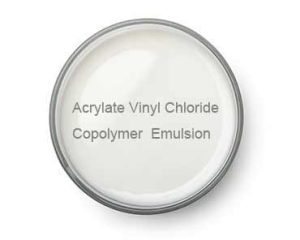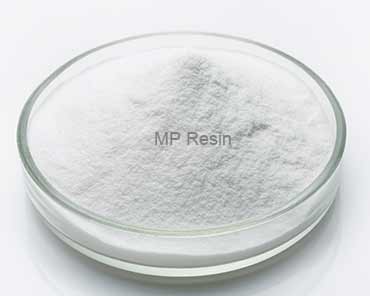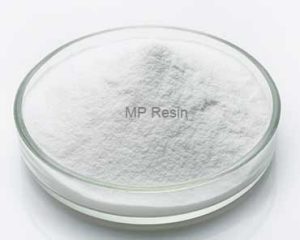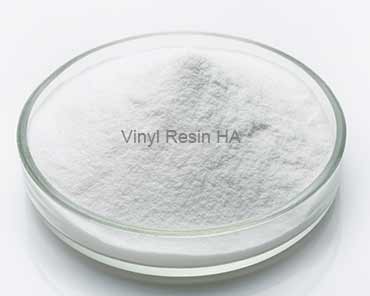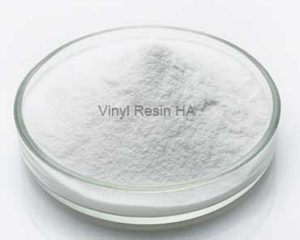“Water-based Acrylic Resin has excellent anti-corrosion qualities, making it ideal for coatings with high salt and fog resistance requirements.”Acrylic resin is water-based and has high colorability, transparency, low specific gravity, moisture, and weather resistance, excellent adhesion to metal, ceramics, and concrete, and high dielectric characteristics. Acrylic resins have very strong heat resistance and their color changes little or not at all when heated to 180 Degrees. Acrylic resins degrade at temperatures of about 260 degrees Celsius. They are not resistant to some solvents since they are thermoplastic, but they are resistant to acids, alkalis, water, and alcohol.
Properties:
Low odor, high flash point, environmentally friendly, and safe.
In any ratio, it can be mixed with water.
Water resistance is excellent.
Excellent shine, as well as impact resistance.”
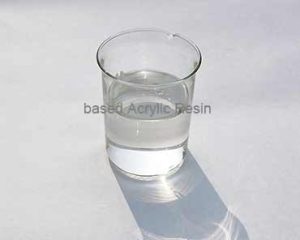
Product Specifications:
| Type | Appearance | Solid content(%) | Viscosity(mPa·s) | PH | Hydroxyl content%(solid based) | Application type |
| ARS®3958 | Slight yellowish liquid | 50±2 | 4000~9000 | 7.0-8.5 | 3.0 | Water-based baking paint |
| ARS®1121 | Dispersion | 45±2 | 1000~5000 | 7.0-8.5 | 3.5 | Water -based baking paint、two-component self-drying paint |
| ARS®1122 | Dispersion | 45±2 | 1000-5000 | 7.0-8.5 | 2.0 | Water -based baking paint、two-component self-drying paint |
| ARS®1123 | Dispersion | 45±2 | 500-3000 | 7.0-8.5 | 1.2 | Water based baking paint、two-component self-drying paint |
| ARS®1171 | Dispersion | 45±2 | 1000-5000 | 7.0-8.5 | 3.2 | Water -based baking paint、two-component self-drying paint |
| ARS®1179 | Slight yellowish liquid | 50±2 | 2000-7000 | 7.0-8.5 | 2.5 | Water -based baking paint、two-component self-drying paint |
| ARS®5020 | Slight yellowish liquid | 50±2 | 4000~12000 | 7.0-8.5 | 2.0 | Water -based baking paint |
| ARS®5026 | Slight yellowish liquid | 50±2 | 500-3000 | / | 2.6 | Water -based baking paint |
| ARS®1139 | Dispersion | 46±2 | 1000~5000 | 3.9 | Two-component self-drying paint | |
| ARS®1240 | Dispersion | 48±2 | 1000~5000 | 4.0 | Two-component self-drying paint | |
| ARS®1245 | Dispersion | 48±2 | 1000~5000 | 4.5 | Two-component self-drying paint | |
| ARS®1250 | Dispersion | 48±2 | 1000~5000 | 5.0 | Two-component self-drying paint |
Applications:
Acrylic resin is widely used today in many directions. The simplest option is to create plastic. But it’s not limited to this, because there are many polymer compositions.Acrylic resins shine brightly in the manufacture of finishing and repair coatings, building facade materials, and road marking paints. Acrylics are particularly popular as film-forming agents and thickeners in the manufacture of paint and varnish products. Acrylic polymers’ composition and synthesis technologies have been constantly improved since their introduction to the paint and varnish markets, allowing this group of resins to confidently replace other film-forming agents traditionally used in the production of coatings. To begin with, acrylates are used in the production of organo-soluble coatings, as well as secondary waterborne acrylic dispersions and powder coatings. Acrylic resin based on water is commonly utilized in:
(1) Fired glass paint. (2) Furniture finishing coatings (3) Car finishes and external decorative paint, such as exterior plastic paint. (4) Wooden paint. (5) Consider decorative paint. Metal baking paint, varnish, and aluminum powder paint are all options. (6) Coating the floor.

